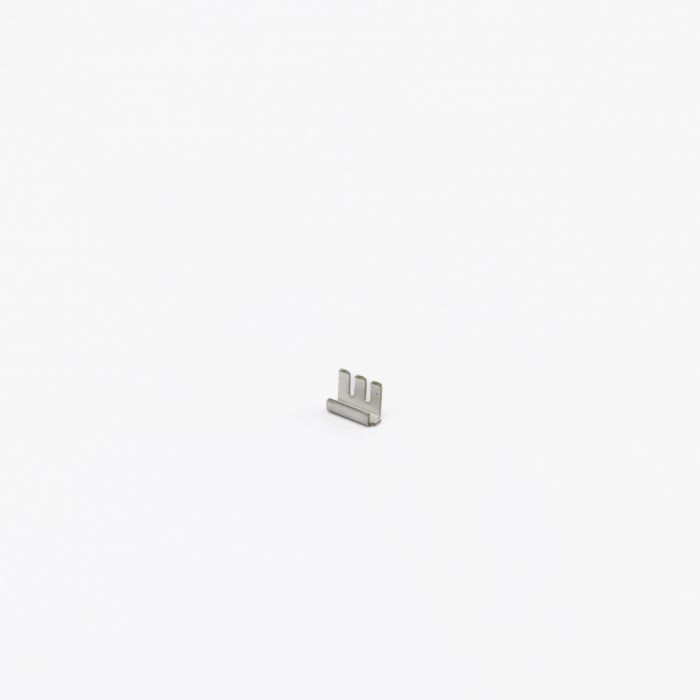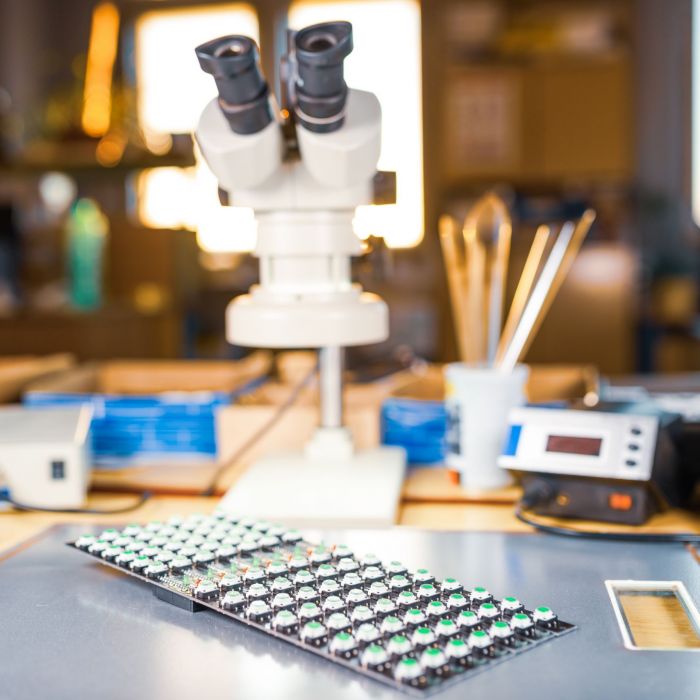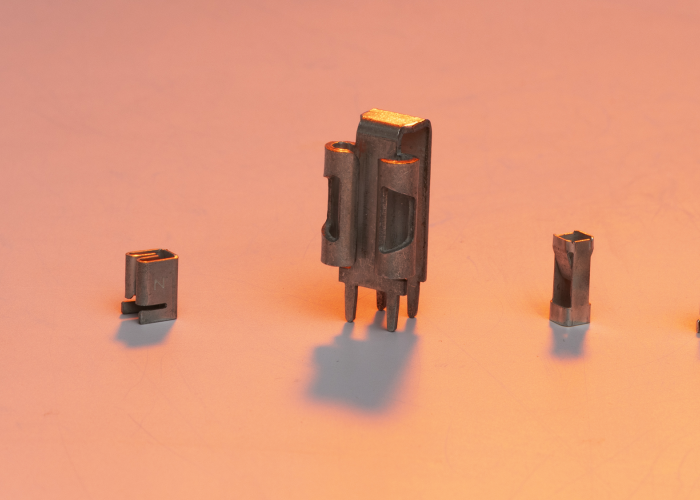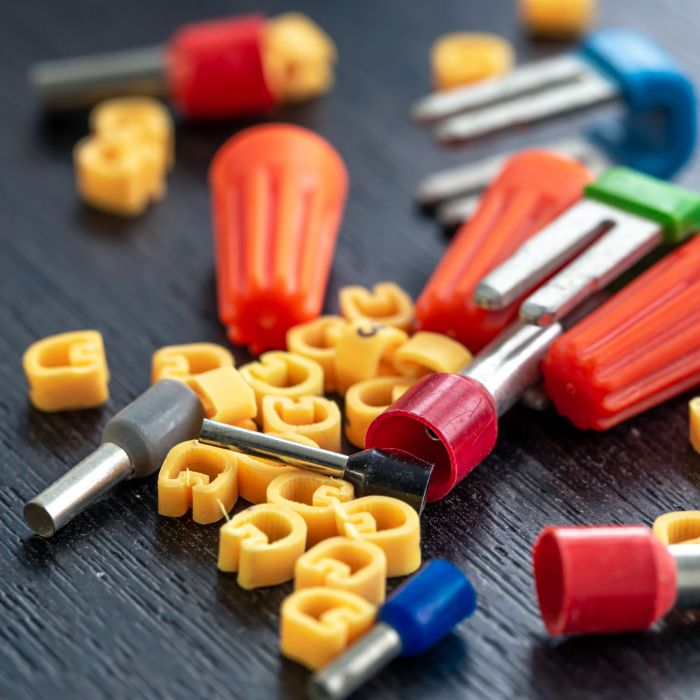Understanding Hardware Components: Essential Parts of Every Electronic Device
Let’s be real: most folks use electronics all day long and have no idea what’s happening inside them.
They know the phone turns on. The microwave beeps. The remote works. But how? What makes it all tick?
If you’re building something new (or just trying to understand what you’re working with), hardware components are where it starts. Every board, every circuit, every device? Full of little types of electronic components that each do one job and do it well.
So check out what goes into a connector pin, or a tiny chip, or that mystery black rectangle on a circuit board. You don’t need to be an engineer to get it. You just need a breakdown of hardware components that doesn’t sound like a textbook.
Let’s dive in.
First up: passive hardware components
Passive hardware components are your behind-the-scenes crew. They don’t generate power. They don’t control it, either. But without them, nothing flows right.
Think of these as your traffic signals. These types of electronic components keep everything in line.
- Resistors – These guys limit current. Without them, you’d fry your circuits fast. They “resist” the flow—hence the name.
- Capacitors – These store energy and release it when needed. Like a little backup battery. Quick bursts of power? That’s their thing.
- Inductors – These are a bit trickier. They resist changes in current and store energy magnetically. They’re often used in filtering and tuning circuits.
Together, these parts help shape how electricity moves. Not super flashy, but absolutely critical.
And yes, they look tiny. But don’t let that fool you. One cheap, off-spec resistor in the wrong spot? Could take the whole board down.
Active hardware components: the signal boosters
Now, active components are the stars of the show.
They do stuff. They amplify. They control. They direct current exactly where it needs to go.
- Diodes – One-way streets. They let current flow in a single direction. Simple but effective.
- Transistors – These are your amplifiers and switches. They take a tiny signal and make it stronger. Or they flip things on and off like a light switch, but way faster.
Active components are what let devices process signals, make decisions, and basically… be smart.
So if you’re working on something that responds, calculates, or communicates, you’re using transistors whether you realize it or not.
Other components that matter (and sometimes get ignored)
A few more hardware components you’ve probably seen, even if you didn’t know what they were:
- Relays – These are like mechanical switches. They use electricity to open or close circuits. Helpful for isolating different parts of a system.
- Quartz crystals – Timing is everything, right? These regulate oscillation and keep systems in sync. Without them, your watch (or your whole motherboard) would be a mess.
- Connectors, terminals, and fasteners – OK, shameless plug for Zierick’s hardware components here. But seriously, good connectors are non-negotiable. Cheap ones wear out, loosen, and short. We’ve seen it happen.
Little parts. Big consequences.
Integrated circuits: power in a tiny package
You’ve heard of chips. You’ve seen them. But what’s in those little black blocks?
Integrated circuits (ICs) are basically mini-systems that take multiple types of electronic components. They combine resistors, transistors, diodes, and more into one compact unit.
Think of an IC like a neighborhood. Each “house” is a different component. Together, they function as a community, processing signals, performing tasks, and making things happen fast.
There are simple ICs (like timers) and super complex ones (like the processors in your laptop). But they all follow the same basic idea: a lot of function, packed into a small space.
Why do manufacturers love them?
They save space, reduce cost, and make mass production easier.
Why should you care?
Because when one of these fails, good luck finding the issue unless you’ve got the right diagnostics gear for hardware components.
The secret sauce? It’s how they work together
This part’s easy to overlook.
You can have all the right pieces. Every resistor, every pin, every tab. But unless they’re working together correctly, you’ve got nothing.
That’s what separates a functional board from a doorstop.
A relay that clicks too slow. A transistor with the wrong voltage. A poorly chosen connector that doesn’t hold a stable contact. It all adds up.
So yes, learning the individual hardware components matters. But learning how they interact? That’s next-level.
And that’s what makes or breaks a design.
Choosing the right parts: it’s more than just specs
Here’s the part that trips people up.
You can look at two connectors with the exact same datasheet specs. Same size. Same material. Same current rating.
And yet, one works. The other doesn’t.
Why?
Because quality varies. Manufacturing process matters. Tolerances, plating consistency, how well it fits with your design; those “invisible” details make the difference between a product that performs and one that’s returned in pieces.
So if you’re building or sourcing parts, here’s what you need to ask:
- What’s the real-world application?
- Are there vibration or thermal stress concerns?
- Will this be assembled by hand or machine?
- What are the long-term wear and maintenance expectations?
Answer those, and your hardware component selection becomes way more strategic—and way less risky.
One more thing: don’t ignore the “boring” stuff
Fasteners. Pins. Retention clips. Press-fit tabs.
Yeah, they don’t get the spotlight. But they do hold everything together, literally.
Loose terminals mean failed connections. Weak fasteners equal movement, which leads to fatigue, which leads to breakage. You get the idea.
That’s why Zierick’s commitment to mechanical AND electrical integrity is such a big deal. We don’t just make pins that conduct. We make sure they stay put.
And honestly? That’s what you want. Parts you don’t have to think about after install. Parts that just work.
So what’s the takeaway?
If you’re just starting out, focus on learning the basics. What each type of electronic component does. Where it goes. Why it matters.
If you’re sourcing for a business or building for scale, dig deeper. Look at the vendors. Ask about tolerances. Ask for samples. Test under stress.
Because when hardware components fail, the whole product fails.
But when you choose the right ones? You unlock performance, reliability, and long-term success.
So yeah, tiny parts. But a huge deal.
Want to see how high-quality hardware components perform in the real world?
Check out Zierick’s product catalog and get in touch with our team. We’ve been solving design headaches for decades, and we’re always down to talk shop.
You’ve got questions. We’ve got answers—and components that hold up.
Let’s build something that lasts.





